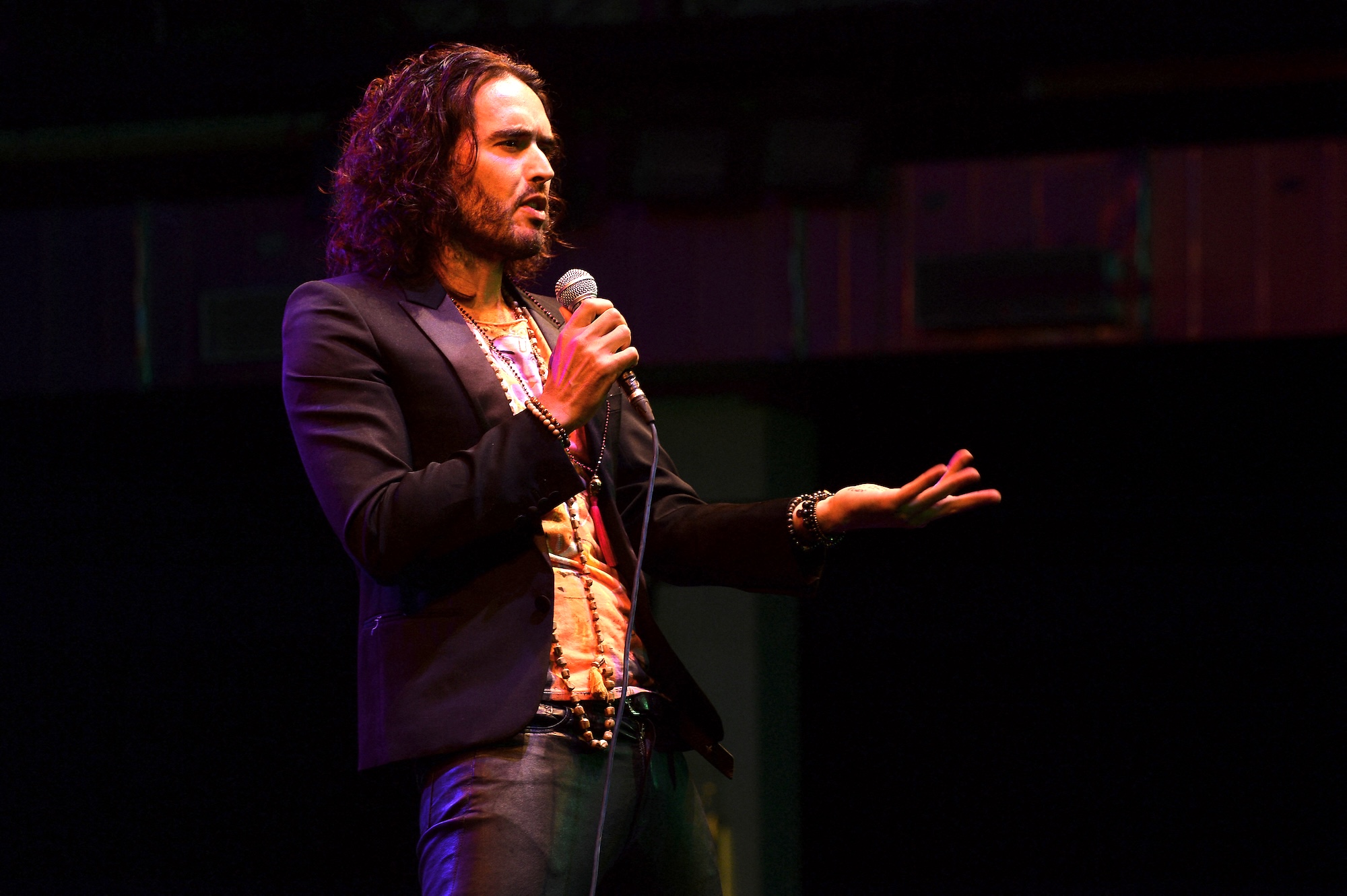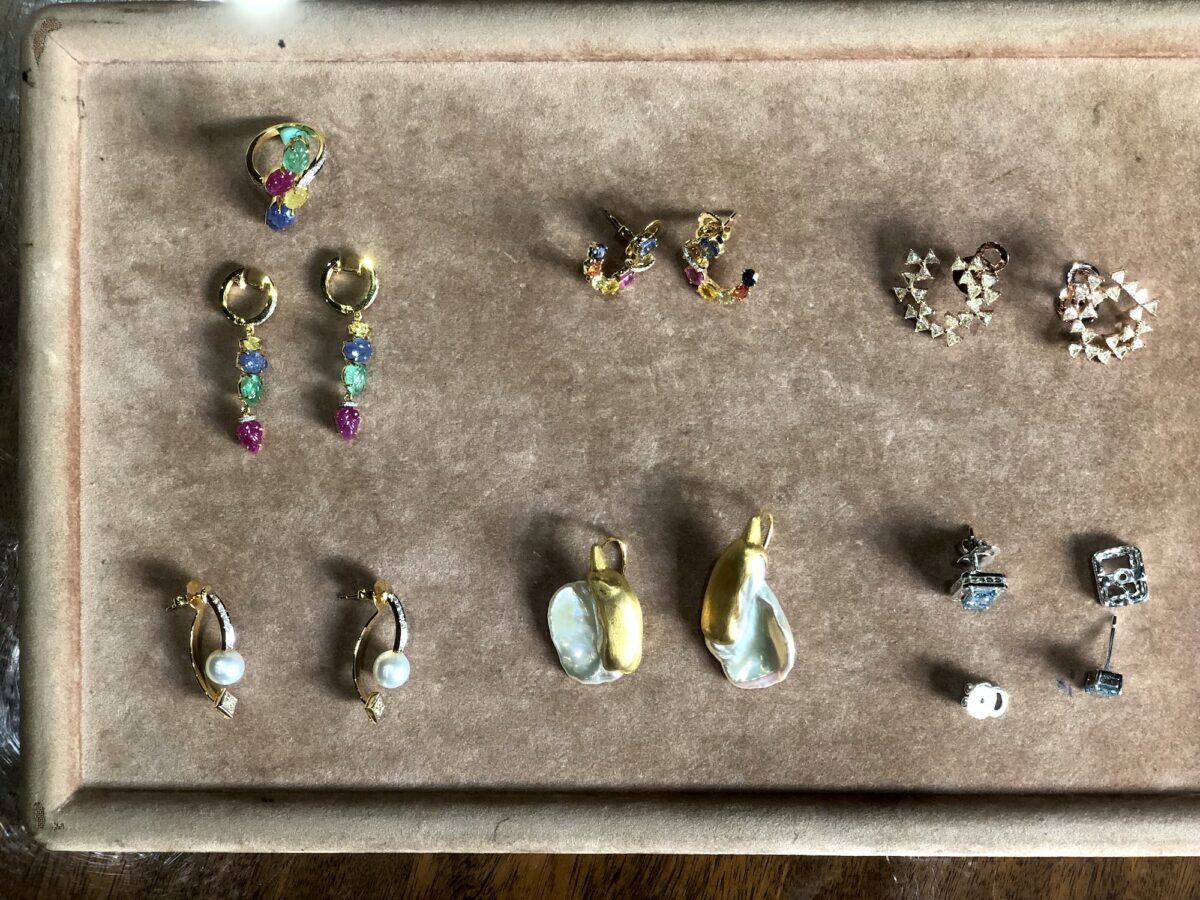The other week, in my backyard farm, I noticed ominous signs of pest infestations in the lanzones trees that I planted a couple of years ago. The trees shed all their leaves, and nothing but naked branches remained.
“Will the branches sprout new leaves?” I asked Mio, my fatalist farmhand. “We don’t know, sir, maybe it’s the very cold weather.” Mio was more alarmed by the hundreds of coconut trees nearby whose tops had turned all yellow and brown, indicating imminent death.
He said that all lanzones and coconut tree owners are worried sick about a total loss of harvest for the coming year. “Pang-matrikula po ang talpog. Maraming bata ang titigil sa pag-aaral lalo na sa high school.”
Coconut and lanzones trees, outside of rice crops, and commercial-scale tomatoes, make the economy of cold towns beneath Mount Banahaw.
In my hometown, there’s more or less equal distribution of suitable land size properties, unlike in Central Luzon, where a few big, rich feudal families own the land, while the huge size of sharecroppers remain in penury.
Coconuts and lanzones trees are what we call laid-back assets. Plant them and forget them. They need very minimal care and tending.
I grew up in the coconut regions, and I just love coconuts. The farmhouse of my Lola Genia, where our family stayed, stood in the middle of coconut trees planted in rows and rows, equidistant on all sides. Tall, with long single-stem bodies, the trees stood ramrod straight, with umbrella-like leaves forming at the top.
During a storm, I would watch them by our window as they swayed with the wind, bending up and down gracefully like a ballet dancer.
Life in a coconut plantation has many busy and happy moments. The coconut fruit is a remarkable thirst quencher, its juice or water the freshest, cleanest quencher nature can provide. The fruit or flesh, when taken as a young buko, is a soft, melt-in-the-mouth, jelly-like delight with a hint of sweetness. Called pangatre by sexists, newlyweds are told to take a lot of it.
‘Gata’
When buko gets a little old, it is called gumaan and has a gummy bite and texture. It is best for salad and bucayo. I had lots of coconut delights, in all its forms, when I was a growing kid. They were all there for the picking.
Coconut milk or gata spells wonder in every menu, whether dessert or any cuisine possible. The Bicolanos have made their cuisine the most delicious, with the artful combination of coconut milk and siling labuyo, as tasted in Bicol Express and guinataang laing. The curries of the Thais, Indians and Pakistanis owed their flamboyant taste to coconut milk, the kakang gata.
A mature coconut bound for export as copra is processed for use in the manufacture of food and medicines in Western countries. We had a copra shack, where coconuts were cut into half, then arranged in the kalibkiban, where they were smoked with fire underneath until the flesh turns brownish, ready to be pried from its shell, then smoked again and packed as export product.
My grandmother’s farm has a few thousand coconut trees. They were her source of modest wealth, which afforded enough income for her to send several of her children to study in Manila and pursue different careers.
From her coconut money, she was able to send her eldest son to the priesthood in San Jose Seminary, get a daughter to finish pharmacy and another son to finish his medical studies, both at the University of Santo Tomas.
Symbolism
I was at St. Jerome church in Alabang on Ash Wednesday. The church had a huge crowd overflowing on its side and front patios.
Filipino Catholics in love with divine rituals simply love those black ashes in the shape of a cross marked on their foreheads.
The black ashes rest on top of their brain, the seat of intelligence. The message is clear: From dust did we come and to dust shall we return. These words are the most graphic and powerful reminder of the temporariness of life on earth.
Therefore, all of us experience a collective act of humility. Our acceptance of human mortality happens on Ash Wednesday, a day when we are not afraid to die.
The ultimate fear, the fear of death, they say, is liberating. Trouble is, nobody is around to tell the story except the ashes.
Our life’s accountability is relevant to the manner of death we can conjure. One of the wittiest versions I came across was a cartoon portrayed by my late genius friend Corky Trinidad, with himself approaching the pearly gates carrying his easel, pen, ink and illustration board, scratching his head, without dialogue, but only his mesmerized look at God.
Corky did his lifelong work on earth as a humorist. He conceived and drew for a Honolulu newspaper the foibles in this world, to highlight the good. Corky was a communicator of God’s wisdom.
Ash Wednesday allows us to conquer the fear of death. The symbolism is all powerful, the black charcoal thus marked on our forehead by the priest to remind us that from dust we came, and to dust we shall return.
E-mail the author: hgordonez@gmail.com













































